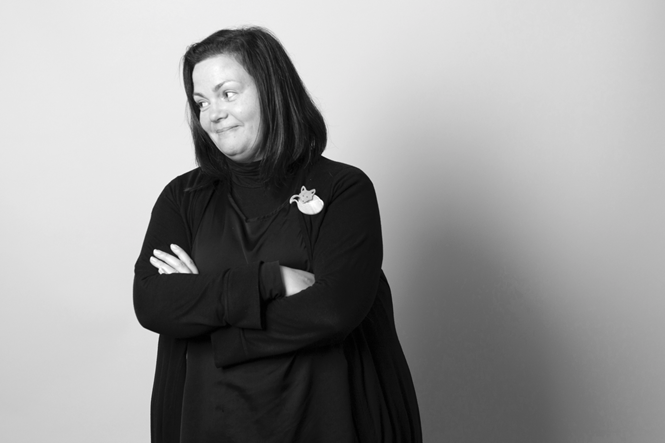Insights: Creating a premium wayfinding experience for Harrods

At the Transform Awards Europe 2018, the best in rebranding and brand development was celebrated. Endpoint is one of this year's winners
How many department stores get a footfall of 300,000 people per day? The world’s most famous department store – Harrods – does. As an international symbol of luxury and quality, the Harrods’ brand promises a shopping experience like no other.
When the opportunity arose to work on a wayfinding project inside the 120 year-old, five-acre store, there was only one possible response: we had better get this right.
Adored both locally and internationally, Harrods has over one million square feet (90,000 m2) of shop floor, spread across 330 departments. Creating a wayfinding solution for an iconic space like this is as much a brand concern as a practical one. Our challenge was to reinforce brand consistency in an environment where shoppers with different needs can easily become frustrated with a seeming lack of consistent navigation.
Harrods is filled with boutiques and concessions – great for the brand-conscious shopper, but tricky for those searching for a product. Take sunglasses, for example. There are eight different places you can buy them across the store.
There was also a human problem to solve. Harrods’ employees were wasting time giving directions, which was distracting them from their roles as sales consultants. Equally, customer feedback was often critical of in-store signage. Overcrowding was a real problem and while local customers knew where to get what they needed, less frequent visitors – day-trippers and tourists – would get easily stuck.
Our responsibility was to make everything more accessible through a clear, on-brand, wayfinding system that was in keeping with the store’s strong aesthetic. Luckily Harrods’ store team has a clear idea of what the brand stands for: British heritage, luxury, innovation and sensation. These values are reflected in every single visual detail, from the art nouveau furnishings to the bronze and brass fluted door handles.
While our design partner, Pentagram took a cue from the store’s styling and brand criteria for the physical aspects of Harrods’ wayfinding system, our first task was to identify where the overcrowding, navigation and traffic flow hotspots were. A lot of research went into understanding the scale of the problems. In addition to staff focus groups and 600 customer interviews, we installed temporary signs in different ‘bottlenecking’ areas of the store and watched hours of CCTV footage to get some definitive strategic insights.
Our findings showed that Harrods faced similar challenges to large museums and art galleries: complex room structures, inconsistent vertical circulation points and multiple facilities. Our key innovation here was to introduce a simple room numbering system – used widely in museums but not in retail – which was widely adopted and used in other store navigation tools including digital services, printed maps and guides.
To make the in-store customer journey even easier, directional totems were created to clearly signpost the new numbering system. Pentagram designed some eye-catching graphics for these totems, using a legible typeface that incorporated aspects of Harrods’ brand font, along with elegant signage that tastefully matched the interior architecture.
We also had to overcome an innovation stumbling block. Harrods has challenges getting WiFi into the store, given the age of the building. However, working closely with the in-house digital team, we suggested that the directional totems be made ‘digital ready.’ Many are designed to accept digital screens and include a data connection for future upgrades.
Harrods is a living, breathing brand that is constantly evolving. I’m proud to say our wayfinding work has increased customer satisfaction, improved sales floor efficiency, reduced overcrowding and set a strategic foundation for new digital services at Harrods.
Seeing what a big difference our new system made helped me realise how minor changes can make a huge improvement. Knowing that we helped both Harrods’ staff and customers in this small, but effective way is what wayfinding is all about.
Alison Richings is the wayfinding design director at Endpoint












